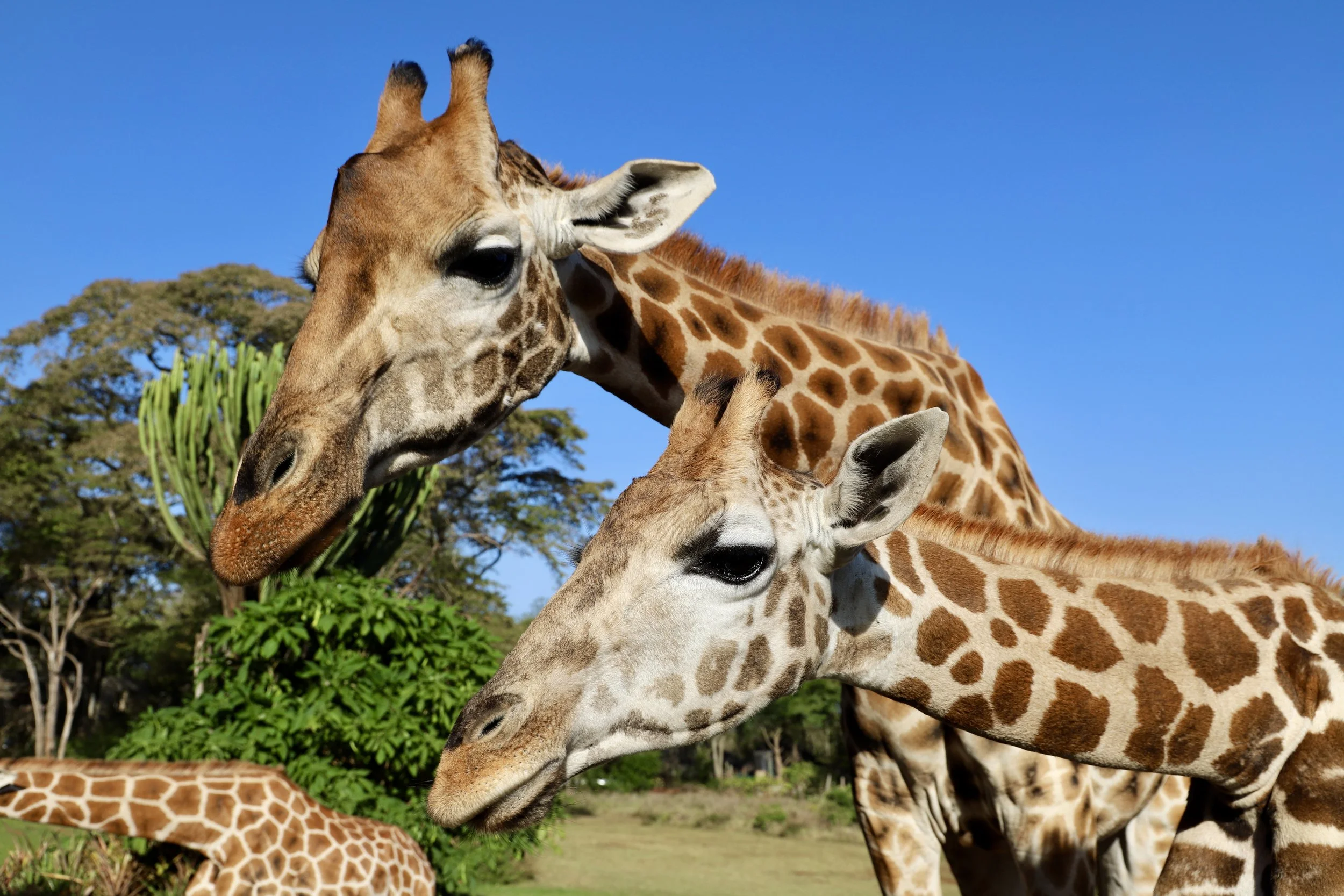Lion King lovers rejoice! The Maasai Mara is celebrated for its stunning grassland landscapes, the Big Five animals that traverse its more than 1500 kilometers, and its annual Great Migration of wildebeests, zebras and gazelles traveling from Tanzania’s Serengeti in the south. The Mara makes for an excellent safari holiday because it is fairly compact (as compared to the Serengeti’s 30,000 kilometers) and biodiverse, meaning you can generally see a lot of different animals within a few days. The Mara has all of the Big Five (lion, leopard, rhinoceros, elephant, and water buffalo), giraffe, zebra, various species of gazelle, crocodile, hippo, baboon, cheetah, hyena, wildebeest and more.
The best time to visit the Mara is during the Great Migration, which takes places between July and October. Note that July and August are winter in Kenya, and while the days will be warm (20s Celcius) the nights and early mornings will be cool. Also, be prepared to book in advance and pay high season rates!
Most safari camps and resorts will organize flights from Wilson Airport in Nairobi to the nearest airstrip in the Maasai Mara. Flights run back and forth daily between the Nairobi and the Mara, and should be included in a full board accommodation package.
The Maasai safari guides are amazing, and a good guide will make all the difference in a great and truly fantastic experience. Make sure to tip your guides well, this is their livelihood and most of them are sending money home.
Bring cash for tips! There are no money machines and it will likely be difficult for most camps to exchange foreign money. You may also have to pay a daily reserve fee per person in cash.
EAT
Full board will be included in most safari camp and resort packages, and will provide for three meals a day. Traditional Kenyan food has many Indian influences, and is fresh and healthy. A few things to definitely try:
Chapati Fried bread influenced by the Indian subcontinent. Eat it with everything.
Mandazi Another fried bread, this Kenyan treat is most similar to a doughnut.
Sukuma Wiki Delicious boiled greens. Similar to collards in the United States.
Ugali This starchy staple is common across Kenya and often the side dish to richer stews and curries. It is a mixture of finely-ground cornmeal and water.
DRINK
Try the local Kenyan beers. Our favorites are Tusker Lager (the most popular across East Africa) and White Cap Lager. Nothing beats an ice cold Tusker at the end of a long, dusty safari run.
PLAY
Safari This is the real reason for a trip to the Maasai Mara, and take advantage of the 2-3 safari trips that your camp will plan daily. Most will start off in the morning very early, from 5:30 or 6:00am, have breakfast on the road, and head back to camp by 11:00am for guests to have lunch and relax by the pool or in the shade during the midday heat. Go out again late afternoon for a magical experience at dusk, as the animals are generally most active during the cooler parts of the day.
Shopping The Maasai people create truly stunning handicrafts. Larger resorts and camps may have items for sale, but if not you can swing by the Maasai Market in Nairobi once back in town. Keep an eye out for beaded jewellery and wall hangings, the plaid and striped traditional shuka blankets, and woven baskets and wall hangings.
STAY
Our advice is to choose a camp that has a few amenities (pool, common area, etc.) to keep you busy during the quiet afternoon time between safari. We loved the four star Mara Intrepids camp, run by the Kenya Heritage Hotels group. Tent accommodations were luxurious, we enjoyed the pool during the day, and the staff were fantastic. We have also stayed at Virgin’s Mahali Mzuri camp, which was stunning and a true glamping experience, though it will cost you a pretty penny!
Friends have also recommended Kicheche Mara North, Mara Plains and Porini Lion camp.









